Search Results
Fine Jewelry University Articles matching: “Crystals”
Showing only FJU Article results. Click here to show all results.
Fine Jewelry University (Show All FJU Articles)
-
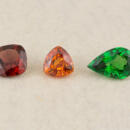
Gem in the Spotlight: Garnet
… lantern to navigate the Ark at night. The ancient world is full of praise for the carbuncle, the glowing red gemstone we now know as garnet. Early scientists named garnet from the Latin granatus, which means ‘seedlike’ because garnet crystals in rock reminded them of the shape and color of pomegranate seeds. Garnet is really a group of gemstones. The pyrope, almandine and spessartite are the red – brown to orange sometimes with a tint of violet varieties. The grossular, …
-
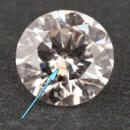
What Are Lab Grown Diamonds?
… the gemological world, synthetic is a highly technical term. When speaking technically, synthetic gems are man-made crystals with the same crystal structure and chemical composition as the specific gem that is being created. Therefore, a “…. The important takeaway for now is that both of these processes are highly advanced technologies that produce crystals with the exact same chemical structure and optical properties as natural diamonds. Now, let’s compare lab grown diamonds …
-
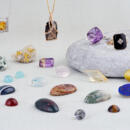
Gem in the Spotlight: Quartz
… have a long tradition of being special to people. Microcrystalline means that the stone is made up of smaller crystals and not one big crystal. Sometimes you can see this structure with your naked eye as with Drusy Quartz, or you may need … White quartz with gold matrix laced through it (also called Gold Quartz or Gold in Quartz) Drusy Quartz Very small crystals in a layer of matrix The Cryptocrystalline Varieties of Quartz There is one more crystal formation of quartz called …
-
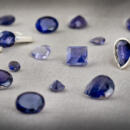
Gem in the Spotlight: Iolite
… is an optical phenomenon in which a substance appears to be different colors when observed at different angles, especially with polarized light. Pleochroism is caused by differing absorption of light rays in doubly refractive crystals. Thus, no singly refractive gemstone can exhibit pleochroism. The process works because of the ability of a gem to absorb different wavelengths of transmitted light depending upon its crystallographic orientations. Iolite is one of the most …
-
Caring for and Cleaning Your Jewelry
…. Diamonds are remarkable gems, hard enough to scratch everything, including themselves. Diamonds that rub together will scratch each other, so keep diamonds from touching one another when you wear or store them. Diamonds are crystals that grow with a cleavage plane. This means a sharp blow on a vulnerable spot can chip or break the stone. This does not mean that diamonds are not very durable. They are the most durable of all gems. In fact diamonds have been through a lot …
-
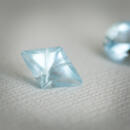
Gem in the Spotlight: Aquamarine
… ordered from Garrard in 1957. The Gemology of Aquamarine Like emerald, aquamarine is a member of the beryl family (along with morganite, heliodor, and others). Unlike emerald, it is frequently free of flaws and often occurs in large crystals. Aquamarine’s main pigment comes from iron. The color spectrum of aquamarine varies from very pale blue to a deep blue, the finest specimens being the deepest in color. Most aquamarine stones have a subtle green component, and in some …
-
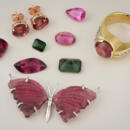
Gem in the Spotlight: Tourmaline
…Paraíba, Brazil. Chrome tourmaline: is a vibrant and intense green. Most of chrome tourmaline’s color actually comes from vanadium. Watermelon: This variant of tourmaline has a pink center and green edges that resembles a watermelon. Crystals of this type are often cut in slices to display this unique property. One of tourmaline’s most distinctive traits is its ability to be multicolored as mentioned above with watermelon tourmaline. The gemological term for this is parti-…
-
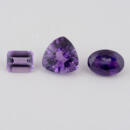
Gem in the Spotlight: Amethyst
… Smithsonian Institution, National Museum of Natural History. The amethyst was most likely mined in Brazil and exhibits a deep, rich purple color. Amethyst also naturally occurs as geodes (rock that contains a hollow cavity lined with crystals) and the most famous of these is the largest ever found. This amazing stone named “The Empress of Uruguay” stands 10.7 feet tall and weighs over 5,500 pounds! Care and Cleaning Amethyst is a relatively low-maintenance gemstone and can…
-

How Are Lab Grown Diamonds Made?
… tried growing diamonds like they grew rubies, sapphires, and emeralds. It failed. Then they had the idea to grow diamonds in the lab like they grew in nature. High Pressure High Temperature Diamonds How does nature form diamond crystals? Nature does it very deep underground. Diamond growing naturally takes place about 100 miles below the earth’s surface. Why? Because that is where the conditions of extremely high pressure and high temperature needed for diamond formation …